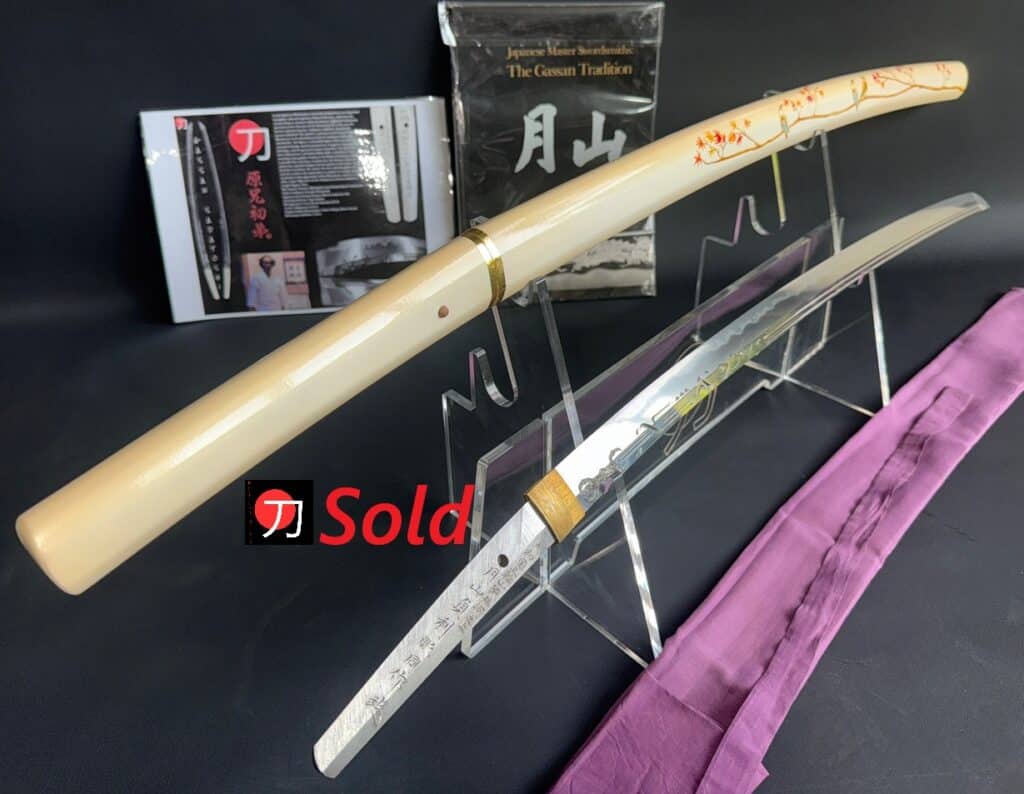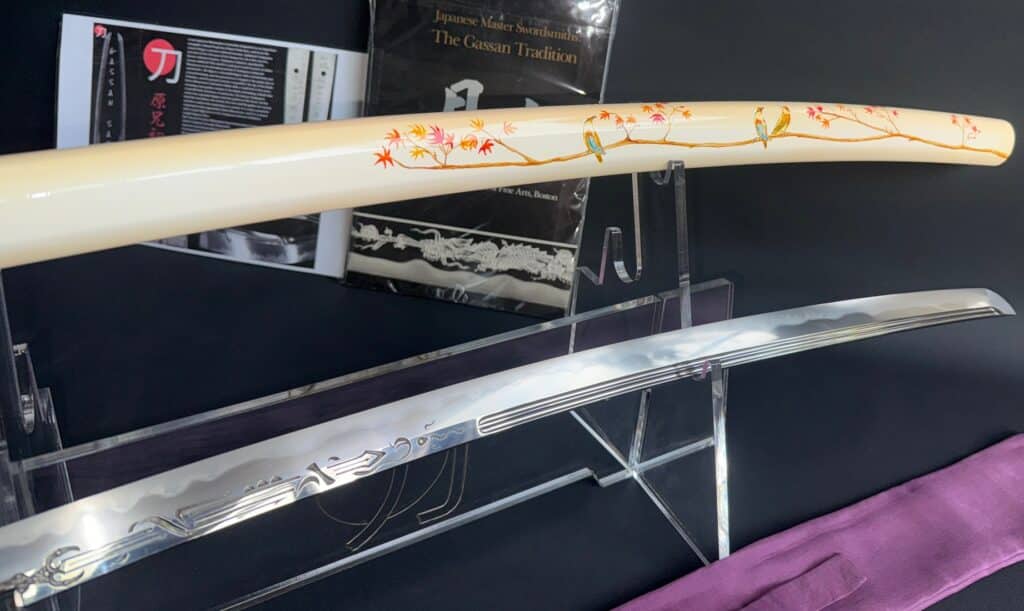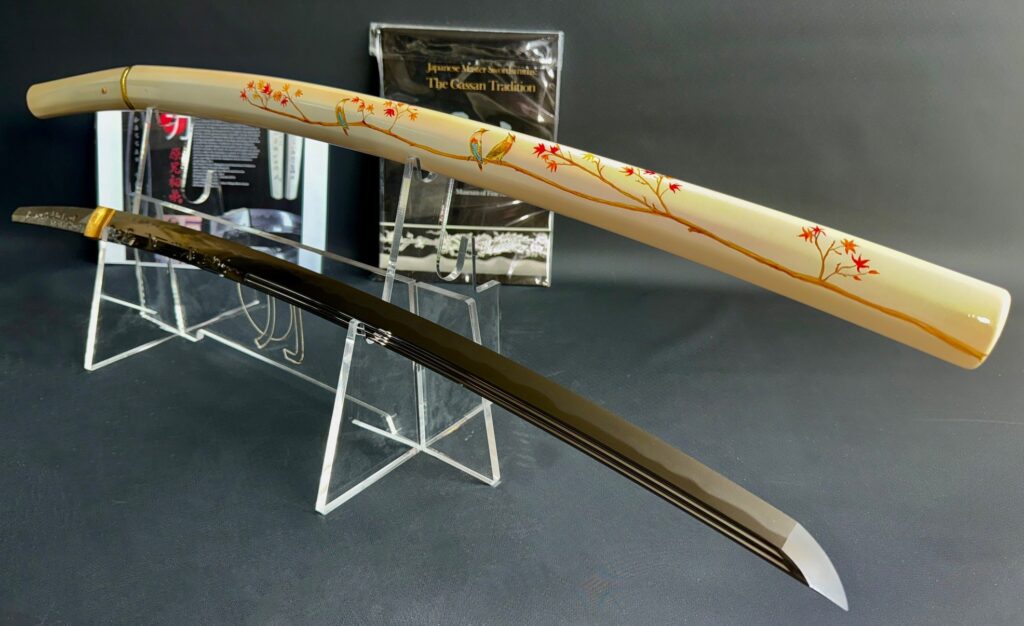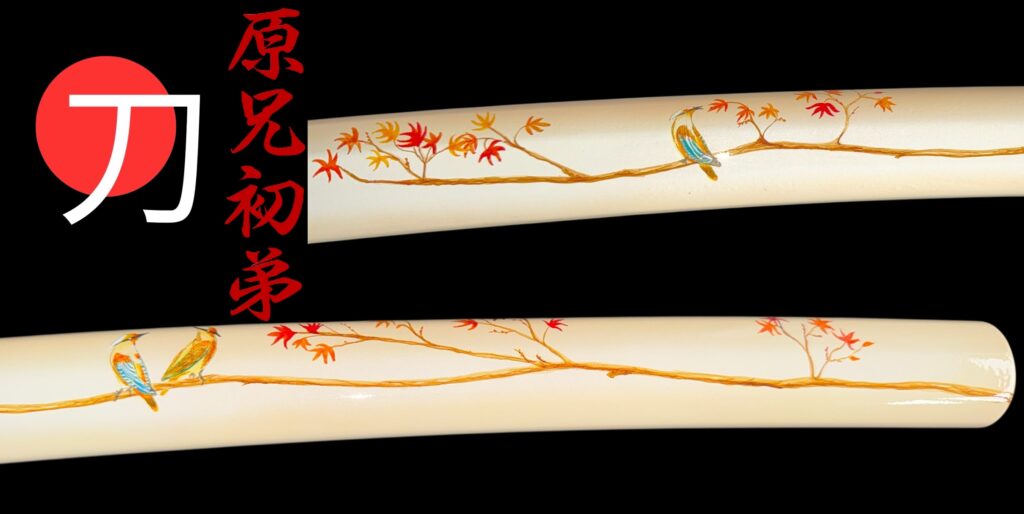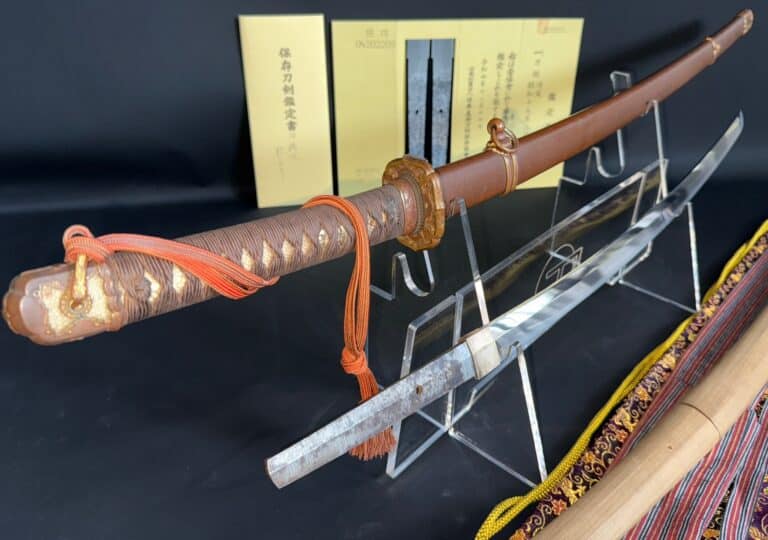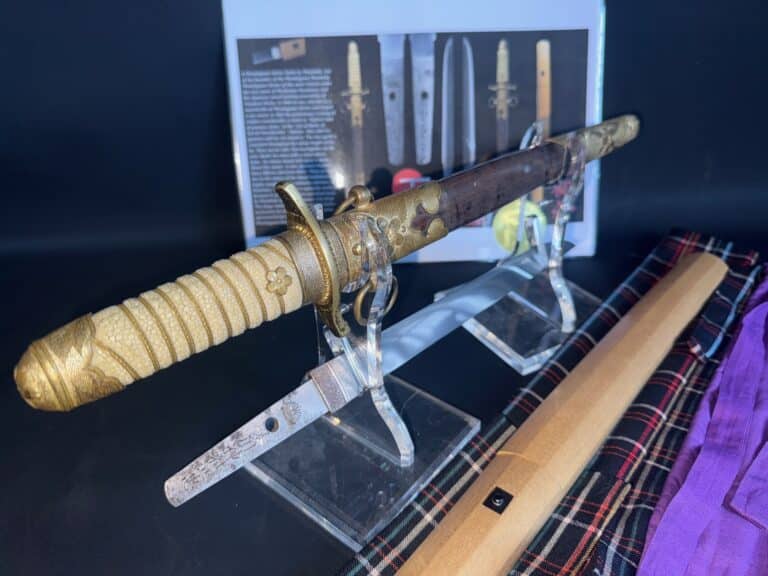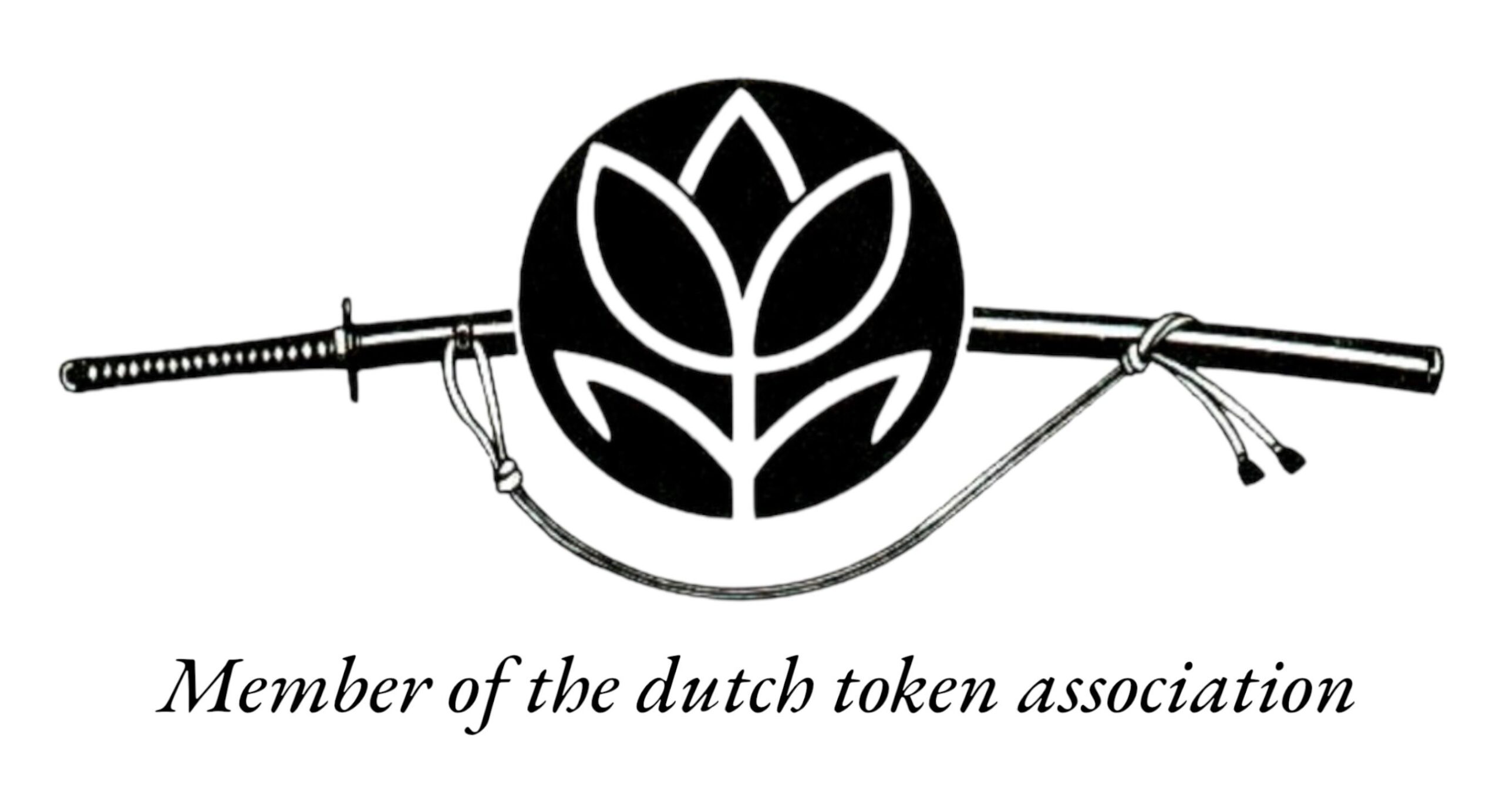Description
Sold….
Masterpiece Katana by Gassan Sadatoshi
A Living Testament to the Soul of Japanese Swordmaking
In the realm of traditional Japanese swordsmithing, few names resonate with such reverence and prestige as that of Gassan Sadatoshi. This magnificent katana, forged by his skilled hands, stands not merely as a weapon or collector’s item, but as a true embodiment of heritage, beauty, and the soul of the Japanese spirit. Every detail of this extraordinary blade tells a story – of lineage, devotion, and the tireless pursuit of perfection.
The Legacy of the Gassan School
To truly understand the significance of this katana, one must first appreciate the legacy behind it. The Gassan School is one of the most distinguished and historic lineages in Japanese swordmaking, tracing its roots back over 800 years to the Heian and Kamakura periods. The hallmark of this school lies in its distinctive forging style known as ayasu-hada, a unique flowing wood grain pattern that creates an organic texture in the steel. Gassan smiths have traditionally incorporated religious and natural symbolism into their blades, often blending power with elegance in a deeply spiritual expression.
Born in 1946 (Showa 21) in Nara Prefecture, Gassan Sadatoshi is the son of the esteemed Tsukiyama Sadaichi, who was designated a Ningen Kokuho (Living National Treasure). From an early age, Sadatoshi was immersed in the world of traditional craftsmanship, learning not only the techniques of swordmaking but also the spiritual discipline and philosophy that underpin the art. This katana is a direct continuation of that sacred tradition, shaped by generations of mastery.
A Master of His Craft
Throughout his illustrious career, Gassan Sadatoshi has received numerous accolades, including:
-
The Takamatsu-no-Miya Prize, one of the highest awards in the field of traditional Japanese arts
-
The Commissioner of Cultural Affairs Award
-
Designation as an Important Intangible Cultural Heritage Holder of Nara Prefecture
By the time he was just 36 years old, Sadatoshi had already achieved national recognition as a true master of the forge. His work is held in high esteem not only in Japan but also internationally, praised for its technical excellence and profound connection to historical forms.
What sets Sadatoshi apart is his unwavering dedication to preserving classical techniques while imbuing his blades with a modern sense of balance and harmony. He does not merely recreate the past – he revives it with living hands, bringing it into the present with authenticity and spirit.
A Katana of Remarkable Presence
This particular katana, forged in the spirit of the Aishu Masamune tradition from the Kamakura period, is a masterpiece in every sense of the word. Drawing inspiration from the legendary swordsmith Masamune, Sadatoshi has crafted a blade that pays homage to the great swords of medieval Japan, while also asserting his own unique artistic identity.
Blade Specifications:
-
Overall Blade Length: 69.5 cm
-
Curvature (Sori): 2.0 cm
-
Style: Wide-bodied blade with strong presence, ideal balance, and flowing curvature
The forging style is executed in Aishuden tradition, which emphasizes an itame-hada pattern (a plank-like wood grain texture) that is both visually captivating and technically complex. The blade is robust yet refined, a perfect harmony of strength and grace.
Ornamental Features (Horimono):
The artistic carving work on this katana is nothing short of exceptional. On the front of the blade, a dragon motif has been meticulously engraved, a symbol of power, wisdom, and celestial protection. The dragon appears poised in movement, its form both majestic and fierce, embodying the spirit of the sword.
Alongside the dragon, double grooves (bo-hi) run the length of the blade’s surface, reducing weight and enhancing the visual line of the sword. On the reverse side, Sadatoshi has carved a staff and sword, evoking Buddhist and Shinto symbolism, representing guidance, purification, and protection.
To further elevate the blade’s aesthetic, fine gold accents have been applied along the yakiba (the cutting edge), highlighting the katana’s refined geometry and adding a subtle layer of luxury without detracting from its martial dignity.
Fittings and Presentation
This katana is housed in a traditional Shirasaya – a resting scabbard made of paulownia wood – which has been hand-painted in traditional style and finished with authentic gold leaf. This elegant casing not only protects the blade but also serves as a work of art in its own right, reflecting the reverence with which such a weapon should be treated.
Adding to the cultural and historical value of this piece, the storage box is made from high-grade paulownia wood and bears the signature of Sadatoshi’s father, Tsukiyama Sadaichi. This personal inscription from a National Treasure links father and son across generations and turns this katana into a family heirloom with profound emotional and historical resonance.
Also included is the highly sought-after publication, Gassan – Japanese Master Swordsmiths: The Gassan Tradition. This book offers rich insights into the Gassan family’s legacy, with rare photographs, historical essays, and expert commentary – making it a valuable companion for anyone seeking a deeper understanding of the cultural significance behind the sword.
More Than a Weapon – A Living Legacy
To hold this katana is to hold a piece of living history. It is more than steel and polish; it is a soul forged through fire, tradition, and time. For centuries, the Japanese sword has symbolized the very essence of the samurai – discipline, honor, loyalty, and transcendence. This blade continues that sacred lineage, carrying with it the weight and wisdom of generations.
Whether destined for a serious private collection, a museum exhibition, or a personal shrine of reverence, this katana stands as one of the finest modern examples of traditional Japanese swordmaking. It is a perfect fusion of power and precision, artistry and utility, legacy and life.
In an age where mass production has overtaken most forms of craftsmanship, this katana reminds us of the value of mastery, the beauty of patience, and the eternal flame of cultural heritage.


